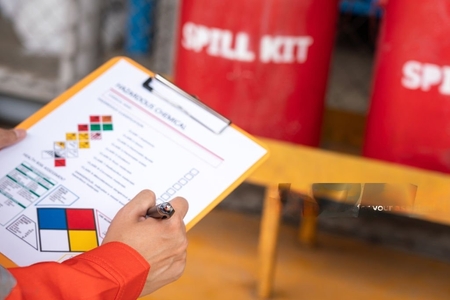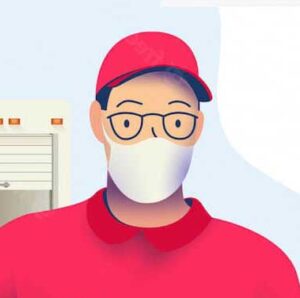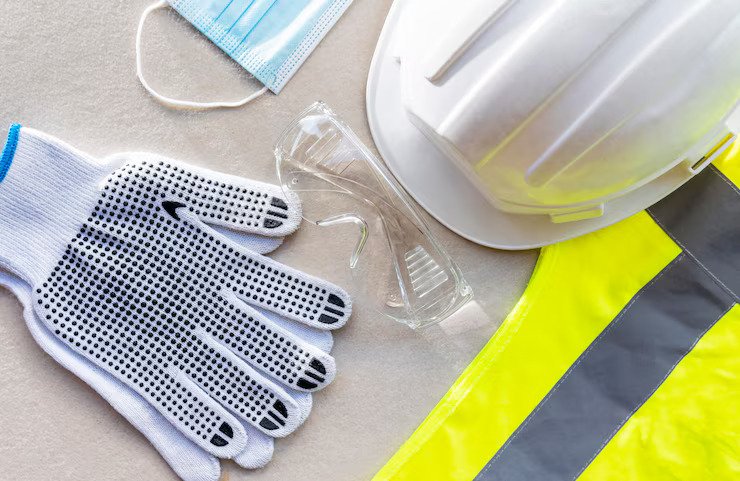Choosing the correct chemical spill response for your work involves thinking about various things. You should check the chemicals your workplace has, how much of each, and what category of hazardous materials they fall into. Consider how a chemical spill might happen at your workplace and which parts of your business might be impacted.
We strongly suggest checking your workplace for potential spills to determine what kind of spill response you might need. This assessment will help you see how likely spills are in your place and decide what spill kits, and how many, you should have in different areas.
Should the spill kit be cleaned immediately?
As you might know, spills can be dangerous. Depending on the kind and amount of chemicals spilled, there could be various risks, such as:
- Human harm can include things like eye irritation, chemical burns, harm to the breathing system, difficulty breathing, and poisoning.
- Damage to things – like rust on objects, harm to buildings and cars; damage caused by fire.
- Environmental pollution is when the soil and water get dirty, and it harms animals and wildlife.
Apart from the dangers mentioned, if chemicals spill out without control, you could break the rules for Work Health and Safety (WHS) in Australia. This might mean facing a big fine or going to court to decide the punishment. According to WHS Regulations, every workplace in Australia has to make sure they can control and manage spills in places where they deal with, store, make, or use dangerous chemicals.
If there’s a spill or leak of chemicals at your workplace, it’s your legal duty to clean it up right away. Leaving chemicals or any leftover residue without proper cleaning is risky. Even a small spill can cause problems like skin burns, poisoning, and the risk of fire. It’s not just about your workplace but also the safety of the wider community and the environment. Act quickly to avoid potential dangers.
When Do Spills happen?
Apart from choosing the right spill kits, it’s crucial to know how spills happen. This way, you can take steps to prevent them or provide extra training to lower the chances. In workplaces, there are usually four main reasons for chemical spills. These main causes of spills include:
1. Human Error
Chemical spills can happen if people make mistakes or are not careful. Accidental chemical releases can occur when:
- The cover is not put on a barrel of oil, and then the barrel gets tipped over when someone tries to use it.
- A container with harmful chemicals broke, and no one wrote it down. The chemicals spilled on the floor while a staff member was carrying it to their workspace.
- An improper chemical container is being used to store a harmful chemical. The chemical is damaging the container, and it’s leaking all over the storage area without proper protection.
To reduce the chances of mistakes with dangerous chemicals, you can take some precautions. Keep your chemical storage areas organized, make sure your staff knows how to handle chemicals safely by giving them proper training and supervise those who work with hazardous chemicals closely.
2. Equipment Failure
Chemical spills often happen because equipment breaks down. It could be something as basic as an old chemical cabinet that doesn’t block chemical fumes anymore or a pump on fuel equipment that’s not working properly.
To prevent chemical spills in your organization, make sure to regularly check your equipment to see if it’s still in good shape. Also, do preventive maintenance. It’s important to have a schedule for regular site checks so your staff can catch and fix any equipment problems early on.
3. Deliberate Acts of Malice
When you store dangerous chemicals, it’s crucial to think about the chance that someone might misuse, vandalize, or intentionally cause harm to your storage. Here are some great steps to prevent purposeful actions that could lead to a harmful (and costly) chemical spill:
- Make sure to lock your chemical safety cabinets or outdoor storage containers to stop anyone from getting in without permission.
- Check your chemical storage regularly to make sure no one is using or taking chemicals without permission.
- Teaching your team about the risks of harmful chemicals and urging them to report any unusual behavior to their supervisors.
Getting Ready for a Spil
Thanks for checking out our blog that explains what a spill kit is. When you’re getting a spill kit, you need to think about a lot of things. It’s important to make sure all the items and materials in the kit work well with the chemicals you have. Consider the types and amounts of chemicals you have at your place and how spills could happen in your business.
To be ready for a chemical spill, make sure your staff has the right equipment, gets updated training, and knows what to do if a spill happens. This way, you can make sure a hazardous chemical spill won’t cause too much trouble.






